Ask managers what their biggest challenge is these days, and many of them will say the same thing: finding the right people and getting them to stay. For qualified candidates, not only are opportunities a dime a dozen, but the ecosystem also encourages movement—employees expect to have a job, not a career, at each organization.
Such turnover comes at a cost. Companies spend time and money on training and the “ramp-up” period (after an employee starts, but before reaching his rhythm and full potential), only to see it go out the door after two years, or less. Employees can rarely do meaningful work when they are disengaged and not aligned with the company culture, as is the case when they have one foot out the door.
Sure, money plays a role, but studies have shown that it’s far from being the most important thing to employees. They want to feel that their work matters and has meaning, that they are part of a cohesive culture, that they have opportunities to learn and grow and that they feel engaged. According to the 2012 Gallup Employee Engagement Study, 71% of all employees do not feel engaged—and that has a serious impact on profitability, productivity, quality and, of course, the bottom line. Engaged employees account for a 22% increase in profitability, 21% increase in productivity, 37% decrease in turnover and 41% fewer quality defects.
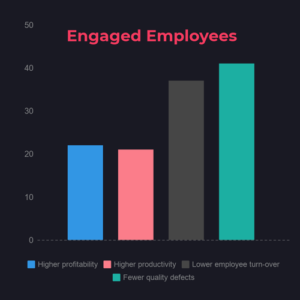
At Eloops, employee engagement is the name of our game, and we’re hard at work developing a “future of work” platform that enables HR and management to communicate with, engage and train employees effectively and in a way that is fun and impactful.
With the experience we’ve gathered by working with hundreds of companies, we’ve unlocked a few important insights about employee engagement:
Shift your mindset and your resources
The bad news: New back-office software and branded Ping-Pong tables are just Band-Aids and won’t solve your productivity- and turnover-related challenges. But there is good news, too: You don’t need to start handing out $10,000 bonuses or build an organic smoothie bar in your office. Increased employee engagement comes from something you’ve probably already mastered: marketing.

Marketing, it turns out, isn’t just what you do to bring on new clients. It also plays a big role within your company. Internal marketing, as it is known, is the ongoing process within an organization of aligning, motivating and empowering employees at all levels. Fortunately, it begins with resources you already have: a kickass marketing squad that understands your company’s values and knows how to communicate them. When you bring together your marketing and HR, you have a team that’s well positioned to crack the employee engagement code.
So how does internal marketing actually play out?
Turn values into rewards
Values are important, but they can’t be so abstract that no one understands what they mean. To transmit them, they need to be tied to tangible rewards that are within reach. Employees can be rewarded for any number of things related to company values, such as sales achievements, thinking bigger, participating in surveys and giving feedback.
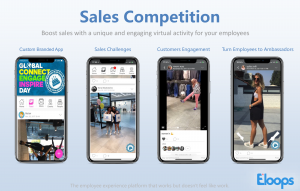
The Eloops platform makes it easy to give rewards through an engaging app and a system called Incentives, where a company sets up its own internal virtual currency (for example, at Adidas it’s called adiCASH). Employees earn coins for different activities that matter to the company and can then spend them on certain perks.
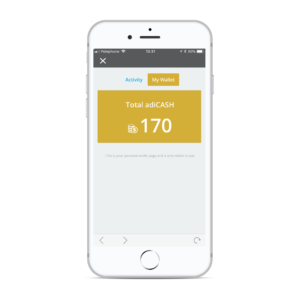
Adidas employees, for instance, can use their Adicash rewards on exclusive company merchandise. Who doesn’t love swag? Think about it: Lots of companies invest in big prizes and perks, but ultimately, whenever you pull out branded merchandise at company events, employees line up to grab it—including extras. Swag isn’t just fun to get; it does the marketing for you. When your employees wear their company shirts or backpacks outside, they turn into your ambassadors, drawing potential new hires.
Make it fun
Let’s be honest: There are plenty of internal processes, especially at large companies, that are anything but engaging. But just because it’s always been that way doesn’t mean it has to stay that way forever—or even that that’s the most effective way. What’s more likely to stick: sending a new employee to his desk for a few hours to read the employee handbook or letting him learn the company rules through an interactive game on an app, where he can also interact with and get to know his colleagues?
One of the Big Four accounting firms wanted to promote wellness among its employees, who are scattered throughout the US. Using the Eloops app, the company created a weeklong game made up of indoor and outdoor challenges, both fun and professional (including some that employees had dragged their feet about previously). It was a hit, with thousands of employees participating and the winner taking home a $6,000 prize.
Communication should be easy
When an employee has feedback, how does she communicate it? Can she be sure that it gets to the right place? With employees receiving hundreds of emails and chat messages a day, it’s important to communicate special benefits and perks in a way that stands out. Your employees want to know about company and individual achievements, new team members and products, support for employee initiatives, collaboration between departments, professional development opportunities and more. Don’t let those important messages get lost in their inboxes or on a hidden bulletin board in the lunchroom! The Eloops app consolidates everything our partners’ employees need to know in one accessible place. They are sorted by topic and easily searchable, and employees can comment and interact with each other within the feeds.
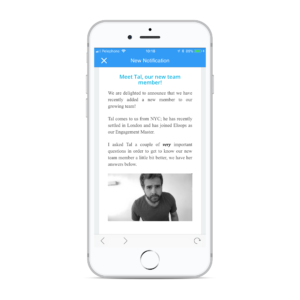
Bottom line: When your employees feel engaged, you don’t have to spend money on flashy recruiting campaigns that tout the dog-friendly nature of your office and the free beer. Happy, productive employees do the talking for you, they bring the talent and skills you need, and they stick around themselves.
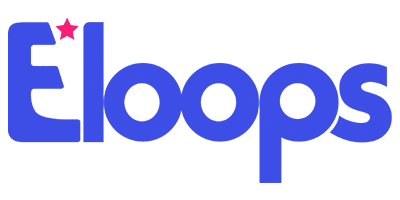
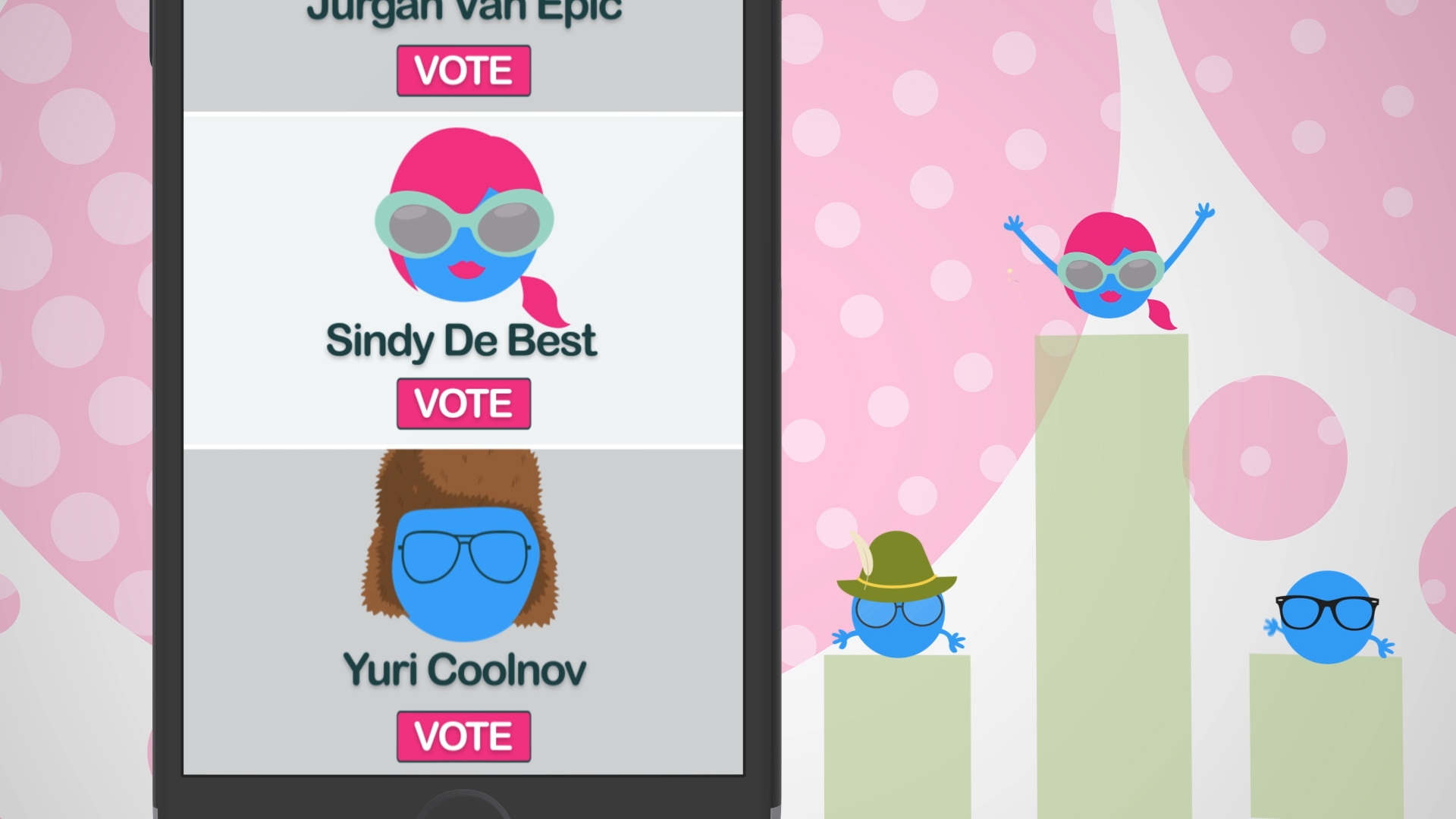
Leave a Reply